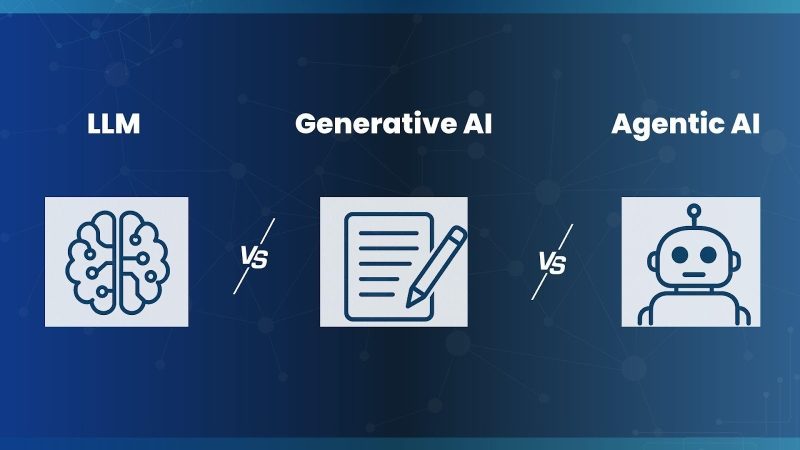Top 5 Digital Out-of-Home (DOOH) Trends You Can’t Ignore in 2025

The advertising world is evolving and Digital Out-of-Home (DOOH) is no longer just a flashy screen in a shopping mall or along a highway. It is a data-powered, hyper-targeted and dynamic marketing channel reshaping how brands connect with audiences in physical spaces.
The top 5 DOOH trends for 2025 for new era of advertising
Programmatic DOOH Takes Center Stage
Just like display and video ads online, programmatic DOOH now. This means brands can automatically buy ad slots across a network of digital screens in real-time using data triggers such as time, location or audience demographics.
Key Benefits:
Flexible ad placements that can change depending on conditions
Cost efficiency with real-time bidding models
Granular targeting based on live audience insights
Example:
A sportswear brand uses programmatic DOOH to display hydration-focused ads on hot days and running gear promotions on cool evenings dynamically triggered by real-time weather APIs.
AI-Powered Targeting and Predictive Analytics
In 2025 the AI and machine learning will play a massive role in DOOH. Advanced algorithms can predict footfall, recognize audience patterns and determine which creative will resonate best.
What AI Brings:
Real-time creative optimization based on viewer demographics
Emotion recognition to adjust ad tone or visuals (e.g. as happy or stressed)
Better campaign forecasting and resource allocation
Example:
A cosmetics brand uses facial detection technology to tailor its ad copy to male or female audiences walking past and adjusting the promotion instantly.
Note: Brands must still comply with local privacy laws especially when using biometric data.
Also Read: PPC for Retail: Biggest Trends, Challenges, & Strategies for Success
Hyper-Local and Contextual Campaigns
Hyper-local DOOH uses GPS, traffic data and consumer behavior to deliver ultra-relevant content. Instead of one-size-fits-all messaging the brands can now serve ads tailored to very specific communities, streets or even times of day.
Use Cases:
Promoting lunch deals within a 500m radius of a digital screen from 11 AM to 2 PM
Displaying event-specific ads near stadiums or concert venues
Serving ads in regional dialects or languages
Example:
A ride-hailing app runs DOOH ads offering 25% off rides from the nearest MRT station in Singapore, using geofencing to detect the user proximity and time of day.
Mobile & Social Integration with DOOH
The gap between DOOH and digital or mobile channels is closing fast. Campaigns in 2025 are seamlessly integrating digital signage with QR codes, NFC, mobile wallets and social campaigns to create a loop of engagement and conversion.
What is Possible:
Scan a QR code on a screen to get a promo code instantly on your phone
Use Tap-to-Pay directly on large-format screens at festivals or outdoor events
Integrate TikTok or Instagram Reels into DOOH campaigns in real-time
Example:
A travel company features live user-generated content from Instagram posts using a branded hashtag on screens at the airport increasing credibility and social buzz.
Real-Time Measurement and Attribution
One of the biggest concerns with traditional OOH was the lack of reliable metrics. That is changed. Thanks to mobile device data, geofencing and cross-channel attribution tools, advertisers can now track how many people saw the ad, interacted with it and converted afterward.
Measurement Tools in Use:
Mobile location data to track footfall lift
Dwell time analysis using sensors
Attribution models linking screen exposure to website visits or app downloads
Example:
A QSR (Quick Service Restaurant) chain runs a campaign and finds that stores with DOOH exposure saw a 22% spike in walk-ins compared to those without backed by anonymized mobile data.
In 2025 the DOOH will no longer be a standalone medium. It is smart, connected, contextual and fully measurable making it a critical pillar of the modern marketing funnel.
Whether you are a marketer at a startup or a multinational brand, understanding and leveraging these trends is essential to capturing your audience’s attention in the real world.






